The Data Engineering Toolkit: What Tools Do Data Engineers Use?
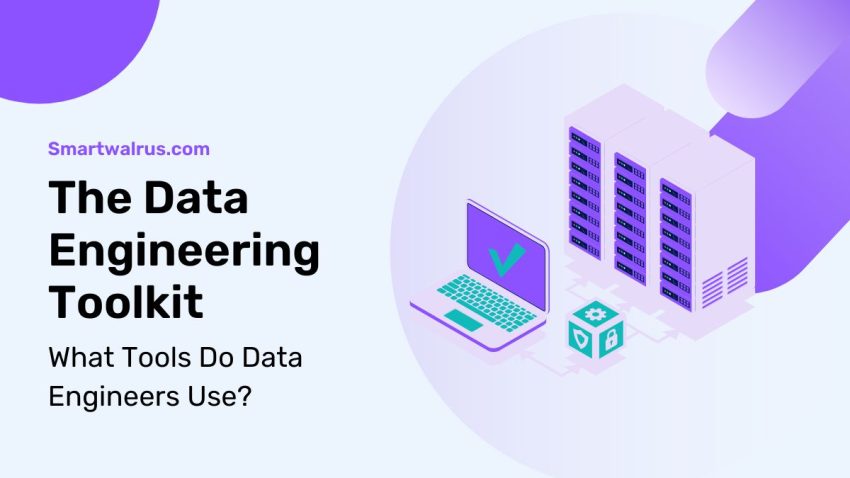
What Tools Do Data Engineers Use?
Data engineering is a rapidly growing field that requires professionals to have a deep understanding of the tools and technologies used to create and maintain data pipelines. As a data engineer, it’s essential to have a firm grasp of the essential data engineering toolkit.
The toolkit includes software such as databases, ETL tools, data visualization tools, and more. With these tools, data engineers are able to extract, transform, and analyze data to create actionable insights.
In this article, we’ll explore the essential data engineering toolkit and discuss what tools data engineers use to design infrastructure, build data pipelines, and perform analytics. So, if you’re looking to become a data engineer, read on to learn more about the essential tools and technologies they use to succeed.
What is Data Engineering?
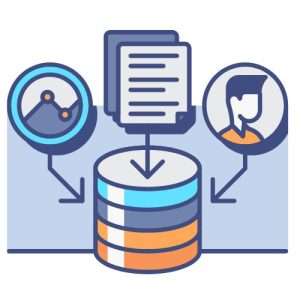
In a nutshell, data engineering is the process of managing data across the entire lifecycle—from acquisition to analytics. It encompasses the planning, design, creation, deployment, management, and optimization of data in order to accelerate business insights.
Data engineers are responsible for many of the critical tasks that make data analytics possible, including data warehousing, data cleaning, data staging, data distribution, and more. Data engineers are generally responsible for designing and implementing data pipelines that feed data from source systems into data warehouses and analytics platforms.
In practice, data engineers use a variety of tools and technologies to design and deploy complex data architectures. They use a wide range of software for data engineering tasks, including databases, ETL processes, data visualization tools, and more.
What is the Essential Data Engineering Toolkit?
Here are the data engineering tools for extracting, transforming, and analyzing data.
ETL Tools
Data engineers use ETL (Extract, Transform, Load) to streamline data processing tasks and make it easier to extract and analyze data from multiple sources. These tools help clean, transform, and load data into data warehouses and perform data analytics.
This process helps to ensure that the data is standardized, organized, and available for analysis. Data engineers are responsible for designing and developing these ETL processes according to the business requirements and needs of their organization.
Databases
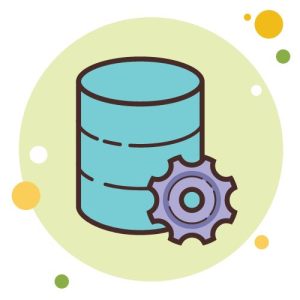
Data engineers use databases to store, organize, and analyze large amounts of data. They may use different types of databases such as relational databases, NoSQL databases, or Hadoop-based databases, depending on the type of data they need to work with.
Data engineers can then use SQL or other query languages to access and manipulate the data stored in the databases. While NoSQL databases, such as Apache Cassandra, are for storing unstructured data and for real-time analytics.
Big Data Tools
Data engineers use big data tools to process large quantities of unstructured data. Engineers use these tools, such as Apache Spark or Apache Hadoop, to process, analyze, and extract insights from unstructured data types.
With these tools, data engineers can collect and store large amounts of data in a distributed environment. They can also perform complex computations across large data sets in a fraction of the time.
Python
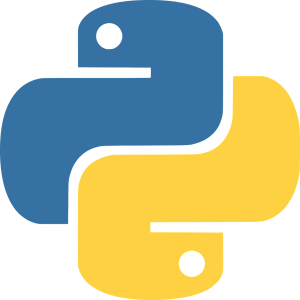
Data engineers use Python for a wide variety of tasks. They use Python to interact with databases, query and manipulate large datasets, build and deploy machine learning models, and automate tasks with scripts.
Data engineers often use Python to develop ETL scripts. This includes extracting data from multiple sources, transforming it into a single format, and loading it into a database or data warehouse. By using Python, data engineers can quickly and efficiently extract, clean, and process data, build predictive models, and develop applications that enable them to gain insights from data.
Machine Learning Platforms
Machine learning platforms, such as AzureML or Google Cloud ML, are used by data engineers to create machine learning models. Engineers can use these platforms to build predictive models using tools such as Sci-kit-learn, TensorFlow, and SciPy.
They can also create custom tools using programming languages such as Python. Machine learning platforms are a critical data engineering tool because they allow data engineers to create custom machine learning models.
Cloud Computing

Data engineers leverage cloud computing, such as Amazon Web Services (AWS), Google Cloud, or Microsoft Azure to host and manage data-related services in the cloud. This is done by creating an environment where data engineers can provision services like databases and data warehouses on demand.
With cloud computing, data engineers can offload hosting, monitoring, and management of data-related services to third-party providers. Cloud computing is a critical data engineering tool because it allows them to focus on designing data architectures and building data pipelines.
Data Analysis Tools
Data engineers use data analysis tools, such as Apache Pig or Apache Hive, to transform and explore data. They use these tools to write code that extracts data from databases that feed into a data warehouse.
Apache Hive is built on Apache Hadoop, which provides a SQL-like query language called HiveQL to enable data analytics at a massive scale. Data analysis tools are critical data engineering tools because they allow engineers to explore large data sets and conduct complex analyses.
Conclusion
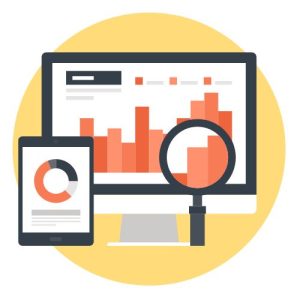
Data engineering is an incredibly complex and technical field. It requies professionals to have a deep understanding of the tools and technologies used to create and maintain data pipelines.
In this article, we explored the essential data engineering toolkit and discussed what tools data engineers use to design infrastructure, build data pipelines, and perform analytics.
From data analytics to machine learning platforms, these tools are essential for data engineers to succeed. But what did we miss? Please let us know with a comment below.

Related Data Engineering
The Data Engineer Role: What They Do and How to Get Started
The Basics of Data Pipelines: What You Need to Know
ETL Explained: What Is Extract, Transform and Load (ETL) Process?
The Data Engineering Toolkit: What Tools Do Data Engineers Use?
How I Became a Data Engineer: A Guide To The Journey
How To Become A Data Architect: Skills and Responsibilities
The Dark Side of Data Engineering: 19 Things To Hate
An Introduction to Data Engineering: The What, Why and How